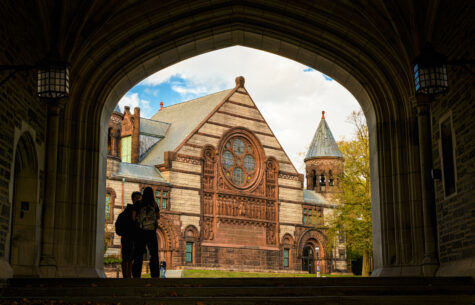Trapped Greenhouse Gases are Melting the Ice Caps
October 29, 2020
It is predicted that if ocean and air temperatures continue to rise due to greenhouse gases the Arctic could be ice free as soon as summer 2040 according to the World Economic Forum.
The world’s ice caps melting is one of the most severe threats of climate change.
Greenhouse gases such as carbon dioxide and methane make up part of the earth’s atmosphere. These greenhouse gas emissions are mostly caused by daily human activities and the burning of fossil fuels (coal, gas and oil). Since the gases create heat, they get stuck in our atmosphere and it causes the earth’s temperature to rise. Greenhouse gas emissions ultimately cause climate change.
Melting ice caps can lead to many different problems, which is why it is important that we act on the issue of greenhouse gas emissions before it’s too late.
One effect of melting ice caps is rising sea levels. Rising sea levels can cause other issues such as coastal flooding. Sea levels have “…risen globally by around 15 cm during the 20th century, it is currently rising more than twice as fast – 3.6 mm per year – and accelerating,” according to the Intergovernmental Panel on Climate Change (IPCC).
Coastal flooding is caused by climate change melting our ice caps. In particular there is an increase of flooding along the Atlantic and Gulf coast. These floodings can wipe away land and leave nothing behind.
Without the ice caps, climate change will be accelerated.
The ice caps are large and covered with white snow and ice, so they act as reflectors. These reflectors reflect extra heat back into space keeping earth cooler. Without the reflectors there will be an increase of heat waves.
The loss of ice is detrimental to animals such as polar bears, walruses, arctic foxes, snowy owls, reindeer, and many others. With climate change, animals will be left without a habitat, so they will be forced to either adapt or perish.
These are only a few effects of the melting ice caps. We need to go to the root of the problem, climate change, and make a big change. Greenhouse gas emissions must go down in order to preserve what we have left, but we must act fast.
Everyone can do simple things to try and limit greenhouse gas emissions. One thing everyone can do is to try and save gas. This can be easily done by walking instead of driving everywhere. Something else we can all do is save electricity. Turn off your lights, televisions and other electrical devices when you are not using them. It’s the little things that will make a difference. Be a part of a change.
You can also donate, the Arctic Ice Project is an organization that helps with the restoration of Arctic ice. Their mission is to preserve and restore our world’s ice caps. Donations will go into further research and testing.


